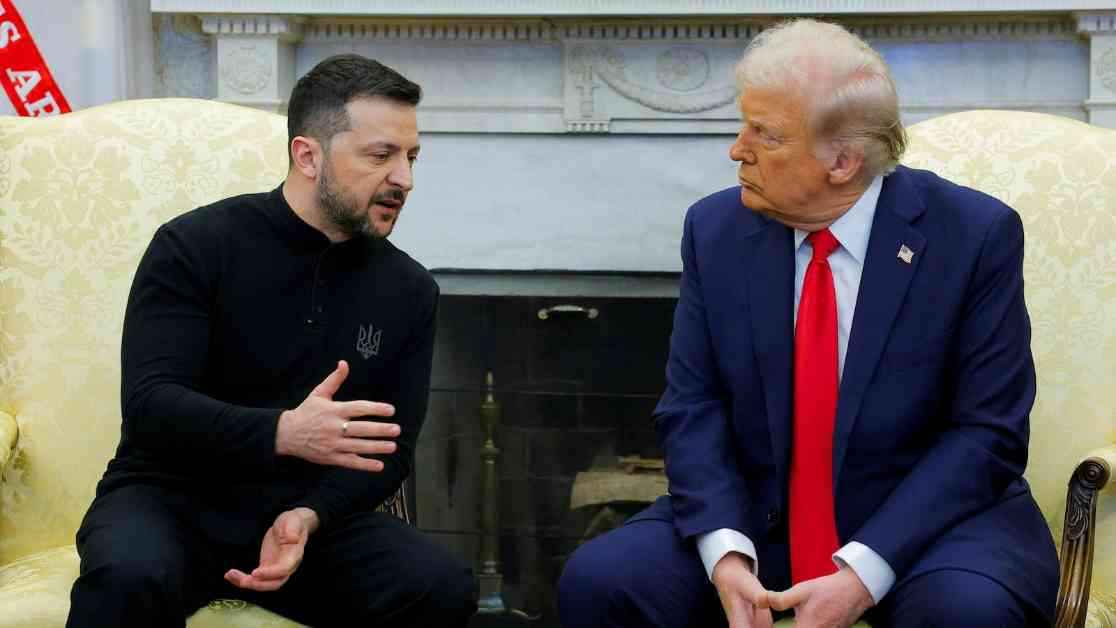In a recent Oval Office meeting between President Donald Trump and Ukrainian President Volodymyr Zelenskyy, what began as an optimistic discussion about a minerals deal quickly devolved into a heated shouting match. The meeting, which took place on February 28, 2025, was marked by conflicting views on key issues such as security guarantees, Russian aggression, and European support for Ukraine.
A Rocky Start
At the outset of the meeting, both leaders expressed hope for a fruitful agreement that would benefit both countries. Trump, despite previously calling Zelenskyy a dictator, struck a conciliatory tone by highlighting their past interactions and the potential for a mutually beneficial negotiation. Zelenskyy echoed this sentiment, emphasizing the importance of the deal for Ukraine’s security and the need for continued American support.
The discussion took a contentious turn when Zelenskyy called out Russian President Vladimir Putin as a “killer” and “terrorist,” urging the U.S. to take a strong stance against him. Trump, however, downplayed the need for immediate security guarantees, focusing instead on reaching a deal first. This fundamental disagreement set the stage for further clashes between the two leaders.
Cracks Begin to Show
As the meeting progressed, tensions between Trump and Zelenskyy became more apparent. Disagreements arose over the level of support provided by European countries to Ukraine, highlighting differing perceptions of the international response to the conflict. Zelenskyy’s insistence on security guarantees as a prerequisite for peace clashed with Trump’s focus on deal-making, underscoring the divergent priorities of the two leaders.
The conversation reached a boiling point when Vice President J.D. Vance interjected, criticizing President Joe Biden’s handling of the situation and prompting a heated exchange between Trump, Vance, and Zelenskyy. The Ukrainian president’s impassioned defense of his country’s struggles and the urgency of the security situation further exacerbated tensions in the room.
Despite the initial optimism surrounding the meeting, the sharp disagreements between Trump and Zelenskyy laid bare the complexities of international diplomacy and the challenges of finding common ground on critical issues. The shouting match that ensued underscored the high stakes involved in addressing the conflict in Ukraine and the competing interests at play among world leaders.
As the meeting drew to a close, both sides remained entrenched in their positions, with little progress made towards resolving the underlying issues. The clash of personalities and policy priorities on display in the Oval Office served as a stark reminder of the complexities of international relations and the competing pressures facing leaders on the world stage.
In the aftermath of the heated confrontation, the future of U.S.-Ukraine relations hangs in the balance, with key questions remaining unanswered. How will the two countries navigate their differences moving forward, and what implications will this meeting have for the broader geopolitical landscape? Only time will tell as the fallout from this tense exchange reverberates across the international community.


